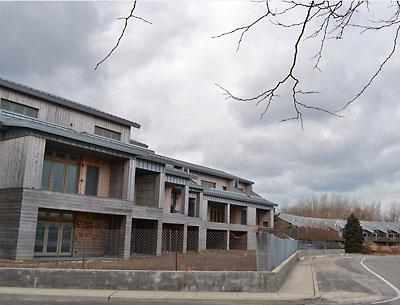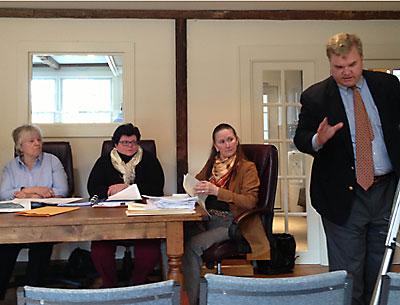Hearing on Cyril’s Rezone
Hearing on Cyril’s Rezone
The East Hampton Town Board will hold a hearing next Thursday on a request to change the zoning of two parcels on the Napeague stretch from one-acre residential to neighborhood business.
The land, owned by Michael Dioguardi, totals just over an acre. One parcel is vacant, the other is the site of Cyril’s Fish House.
Attorneys for the property owner have said the zone change will enable Cyril’s to add parking spaces, allowing more patrons to park on the property rather than along Montauk Highway, a state road. The change would also allow Cyril’s to work toward legalizing a number of outstanding zoning violations.
According to the public hearing notice, only five parcels of the roughly 250 individual lots in the area have commercial zoning designation. Four are zoned for and contain resorts; one other, where the Lobster Roll restaurant is located, was rezoned from three-acre residential to neighborhood business by the town as part of a land transfer agreement with the property owner.
The other parcels in the area are zoned for parks and conservation, recreation, or residential use.
The hearing will begin at 7 p.m. at Town Hall.


